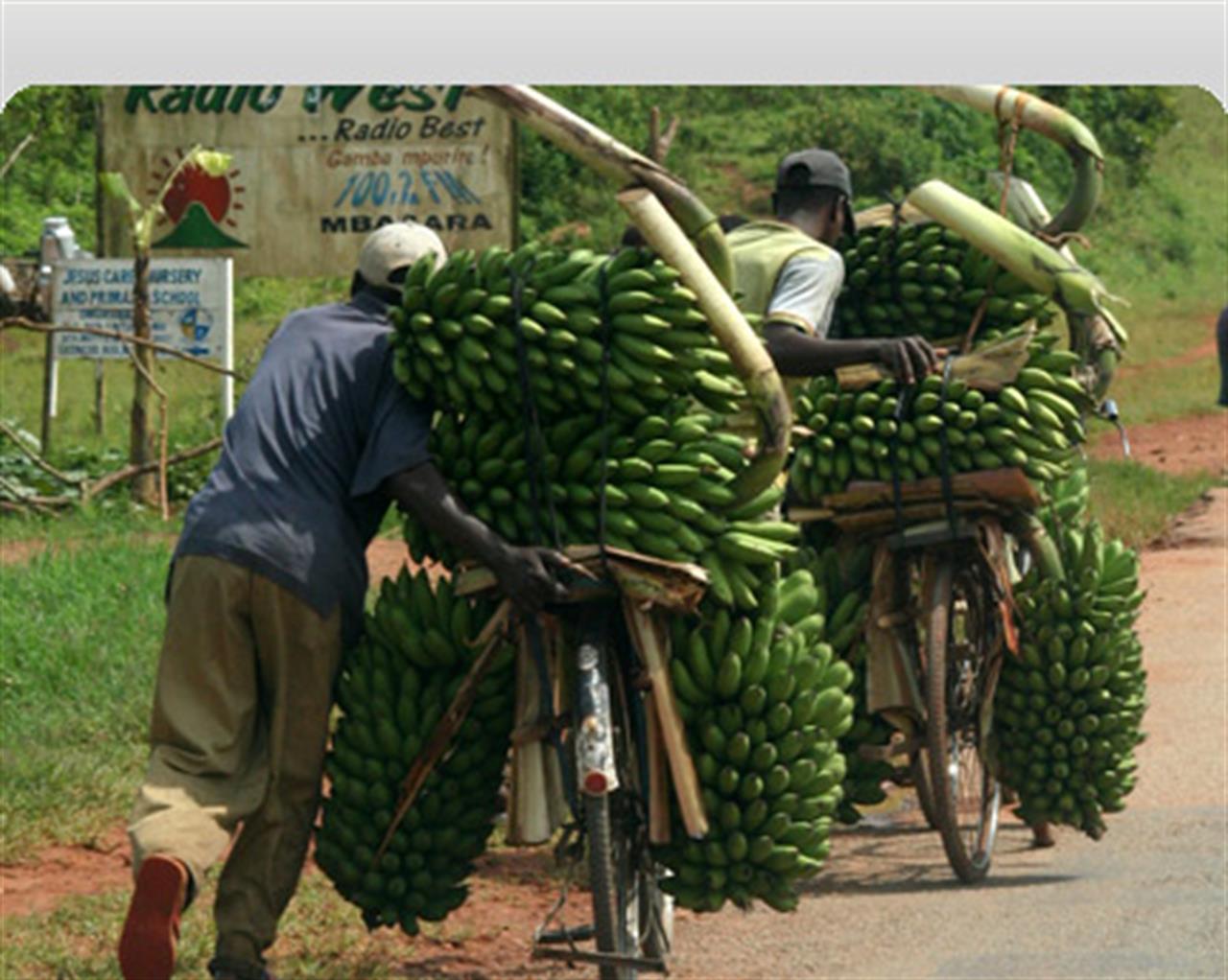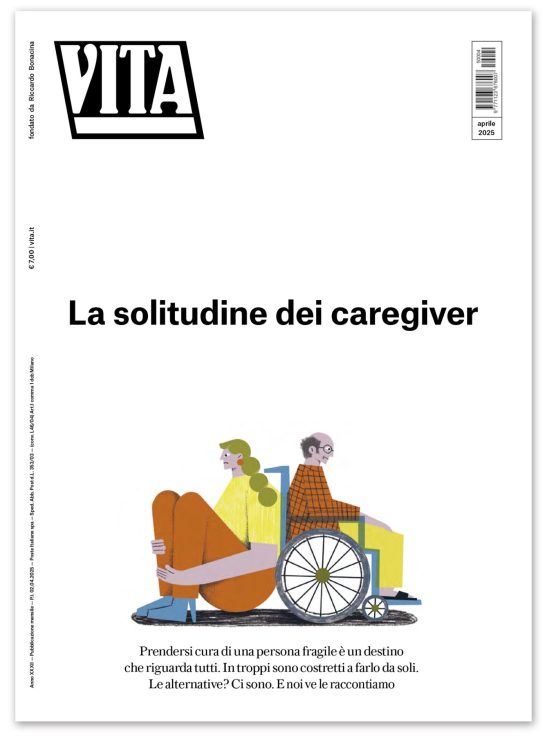Non profit
FAO’s banana war makes best practice
FAO field schools in Uganda have helped farmers combat banana wilt, boosting production and saving lives
di Staff

A joint FAO-government project in Uganda has helped over 3 000 farmers combat a pestilent disease that threatened to wipe out production of cooking banana, a staple crop upon which 14 million Ugandans depend for food and income. Not only has the spread of banana bacterial wilt (BBW) been contained in the districts where the project was implemented, but several participating farmers have doubled or tripled their production of the fruit.
BBW is a bacterial disease that kills off trees and makes their fruit inedible. No banana varieties are known to be resistant to the disease and there is no chemical control effective against it, so once it appears it can spread like wildfire.
The first occurrence of BBW was detected in two districts in Uganda in 2001. By 2005 it had spread to 31 more.
Banana production plummeted some 65 to 80 percent, and the amount of land dedicated to growing the crop fell 13 percent.
Two years ago, FAO and Uganda’s Ministry of Agriculture, Animal Industry and Fisheries began setting up Farmer Field Schools in five pilot districts where the disease was either endemic or appearing in limited foci. The aim was to help local growers acquire hands-on knowledge in how to prevent the disease from occurring and spreading.
The results have been remarkable.
“Today you do not find banana wilt disease in any of the districts where the field schools have been established, which were at one time the front line hot spots in this effort,” says Wafa Khoury of FAO’s Plant Production and Protection Division.
Nationally, Uganda officials estimate that the problem is now over 75 percent contained.
Taking a few basic precautions, the disease is manageable, but many farmers simply didn’t know what to do or weren’t convinced there was any point to doing it, according to Khoury.
“It often takes a hands-on, seeing-is-believing and doing-is-convincing experience to bring them onboard,” she says, “which is why the farmer field schools have been so successful.”
Real-world knowledge
Farmer field school classes are linked to the regular banana production cycle, so the lessons and activities are hands-on and impart practical and immediately-implementable knowledge. They include field experimentation and agro-ecosystem analysis done by farmers themselves.
With the assistance of trained facilitators and agricultural specialists, farmers participating in the schools learn planting and pest control techniques that inhibit the disease’s spread. They adapt very simple and chemical-free methodologies using locally-available materials such as planting only clean seedlings, applying wood ash to fight the disease, or removing the male buds that are the entryway for new infections from trees by hand, instead of cutting them off with knives, which tends to spread bacteria from tree to tree.
Broader benefits
The field schools have not only taught farmers how to tackle the wilt problem, but have also dealt with other field management topics such as soil fertility, water conservation, sanitation and pruning. With such techniques, farmers dealt with the several important yield constraints that were previously not obvious to them.
“This is why not only have the farmers stamped out wilt in their districts, but some have also doubled or tripled their yields,” says Khoury.
In many of the field schools, farmers collected minimal dues at each weekly meeting or used part of the profit from increased production to feed into a revolving micro-credit fund that members can tap into to improve their farms.
Expanding horizons
The project in the five districts has been so successful that Uganda’s government recently announced it intends to use the field schools approach across the entire country as a part of its agricultural extension services.
Meanwhile, and learning from the successful experience in Uganda, FAO is now looking to establish banana field schools in neighbouring countries– banana bacterial wilt has also been detected now in Tanzania, Ethiopia, Rwanda, and the Democratic Republic of Congo.
Si può usare la Carta docente per abbonarsi a VITA?
Certo che sì! Basta emettere un buono sulla piattaforma del ministero del valore dell’abbonamento che si intende acquistare (1 anno carta + digital a 80€ o 1 anno digital a 60€) e inviarci il codice del buono a abbonamenti@vita.it
